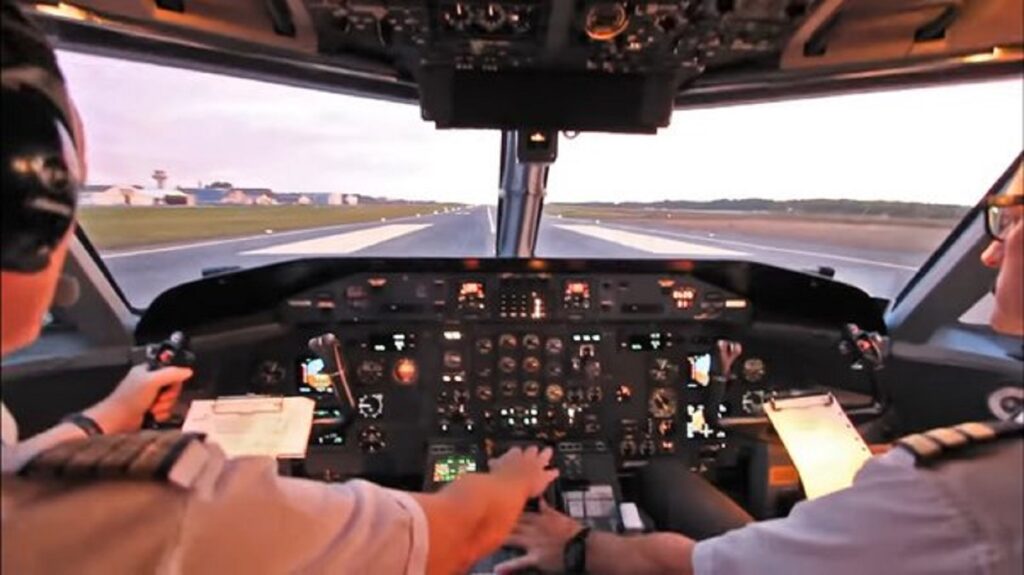During takeoff in commercial aviation, both pilots handle the throttles to ensure safety and redundancy. This practice allows for better coordination and communication between the pilots, and provides a backup in case one pilot becomes incapacitated. Additionally, it facilitates a smooth and controlled acceleration during the critical phase of flight.
Safety and Redundancy
Having both pilots involved in operating the throttles adds an extra layer of safety and redundancy. In case one pilot makes an error or becomes incapacitated, the other pilot can quickly take control of the throttles. This redundancy helps to minimize the risk of a single point of failure and ensures that the aircraft’s engines are properly controlled throughout the takeoff phase.
Coordination and Communication
By both pilots handling the throttles, they can effectively coordinate their actions and communicate their intentions. This coordination is crucial to achieving a smooth and synchronized application of power during takeoff. It allows the pilots to make any necessary adjustments promptly and maintain a balanced application of thrust.
Monitoring and Cross-Checking
When both pilots manipulate the throttles, it enables them to monitor each other’s actions and cross-check the settings. This monitoring helps to identify any discrepancies or errors in throttle positions, ensuring that the engines are operating as intended. It enhances situational awareness and reduces the likelihood of an incorrect throttle setting going unnoticed.
Crew Resource Management (CRM)
CRM is an essential aspect of aviation, emphasizing effective teamwork and communication within the cockpit. By involving both pilots in the throttle operation, it promotes active engagement and collaboration between them. It encourages a shared mental model of the aircraft’s performance and enhances their ability to work together effectively during critical phases of flight.
Training and Standardization
Standard operating procedures (SOPs) in commercial aviation often dictate both pilots’ involvement in throttle manipulation during takeoff. This approach ensures consistency and uniformity across different flight crews and aircraft types. It simplifies training and transition between different aircraft models, as the procedures remain relatively consistent.
By Aeropeep Team






